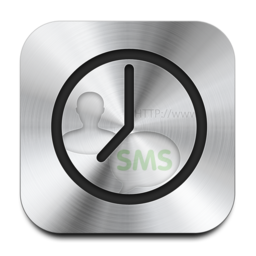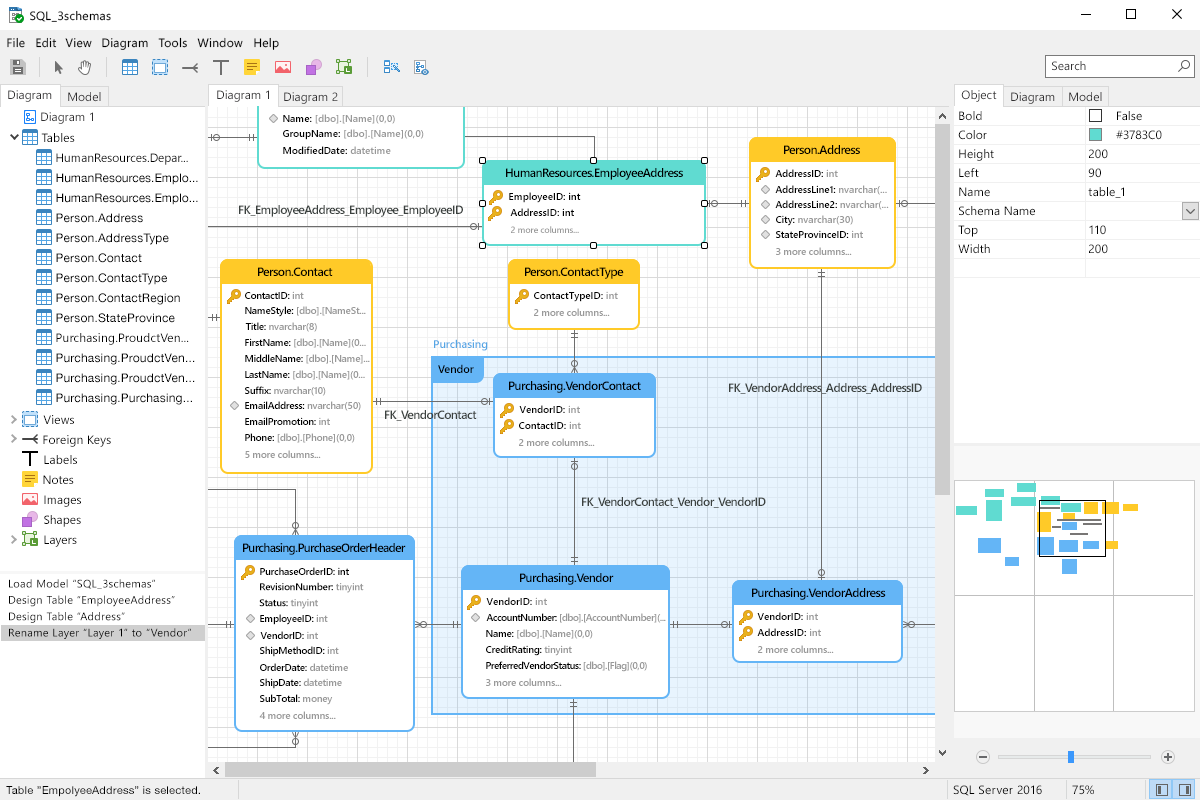


- SQLPRO FOR MSSQL COPY DATABASE HOW TO
- SQLPRO FOR MSSQL COPY DATABASE CODE
- SQLPRO FOR MSSQL COPY DATABASE TRIAL
Screen shot 1: Locating Sequence Object using GUI.
SQLPRO FOR MSSQL COPY DATABASE HOW TO
I’m still trying to figure out how to fix that. SQL file if you plan to test this out since all the quotes will get messed up if you copy it from this page and paste it to a new query window.
SQLPRO FOR MSSQL COPY DATABASE CODE
The code is a bit too long so I pasted it below the screen shots. Make sure you run the code section by section I have included a lot of comments to let you know what to expect while running it. I have included a code snippet so that you can play around with this new feature and I’ve put a few screen shots to show how you can manage it via the GUI. That is actually a pretty good security measure. A warning to the wise: If you assign a default value for the table as a Sequence Object then you cannot drop it because of dependencies. You can take values from the Sequence Object and insert them into tables or you can have a column in a table default to a value from the Sequence Object. One of the worst parts of this feature is that whenever I mention it’s a cool new feature a lot of people say “that has been in Oracle forever.” Patience is a virtue!!Īnyway, so I like to consider the Sequence Object as a “Global Identity” that can be shared by many objects in the same database, or even across databases on the same server (I have not tried it via Linked Servers because I only have one test SQL 2012 server). So try it today and see how all your database needs can be covered by a single database management system.One of the cool new features with SQL 2012 is the Sequence Object.
SQLPRO FOR MSSQL COPY DATABASE TRIAL
Whatever database format you work with, MySQL or PostgreSQL, and regardless of whether it’s local or up in the cloud, SQLPro Studio is the right choice.īest of all, SQLPro Studio is available as a free trial via Setapp, along with 150 over high-quality macOS apps. Right-click on the row and choose “Edit selected row.” Then scroll through all the cells, find the one you need, type the change in the text editor, and click Accept. Just type in the query in the text editor as usual and click “Run all.” The table underneath will then reflect the result for each query separately.Ĭhanging data in any cell is easy with SQLPro Studio. SQLPro Studio also gives you the option to perform multiple queries (even if contradictory) at once and splits the view of your database to show you the results. The table below would then respond to your function accordingly. Once you connect to your database of choice, you can type your custom query right in the editor and click “Run all” in the top-right corner to perform it. Or, just to see how the system works, you can select one of the Sample Connections first. Select the plus icon in the top left and choose the type of the database you’d like to connect. When you are ready to work on a project, just launch SQLPro Studio and click Connect in the top-left corner. Sounds unreal? Well, here’s how to get databases to work for you. Naturally, there is a better way, and it’s called SQLPro Studio - a database management system that will combine all your previous data stack into one straightforward app. Most database management systems only support one or a few, so you end up using multiple database managers, which defeats their purpose in the first place. If you often need to work with multiple database types, you know the pain.


 0 kommentar(er)
0 kommentar(er)
